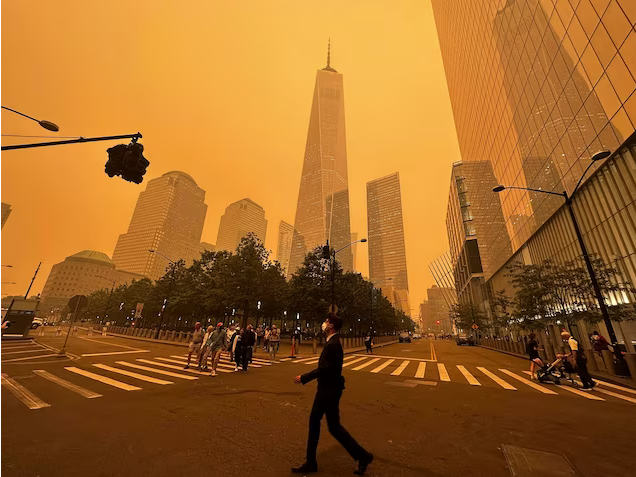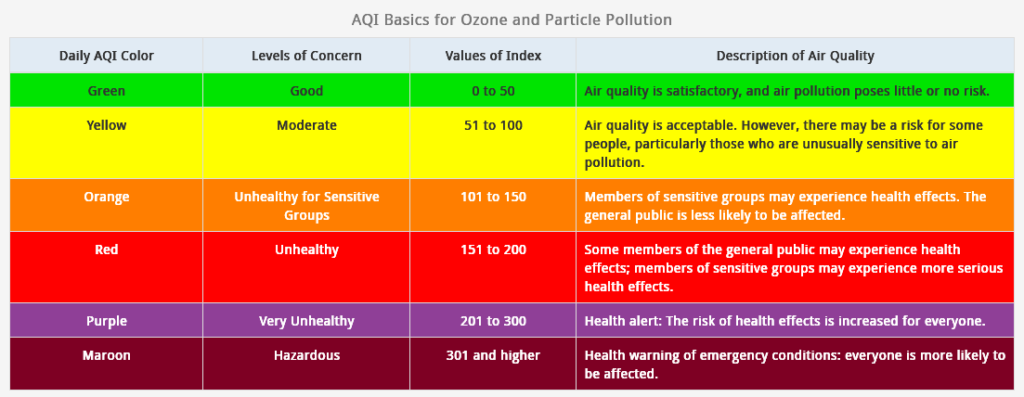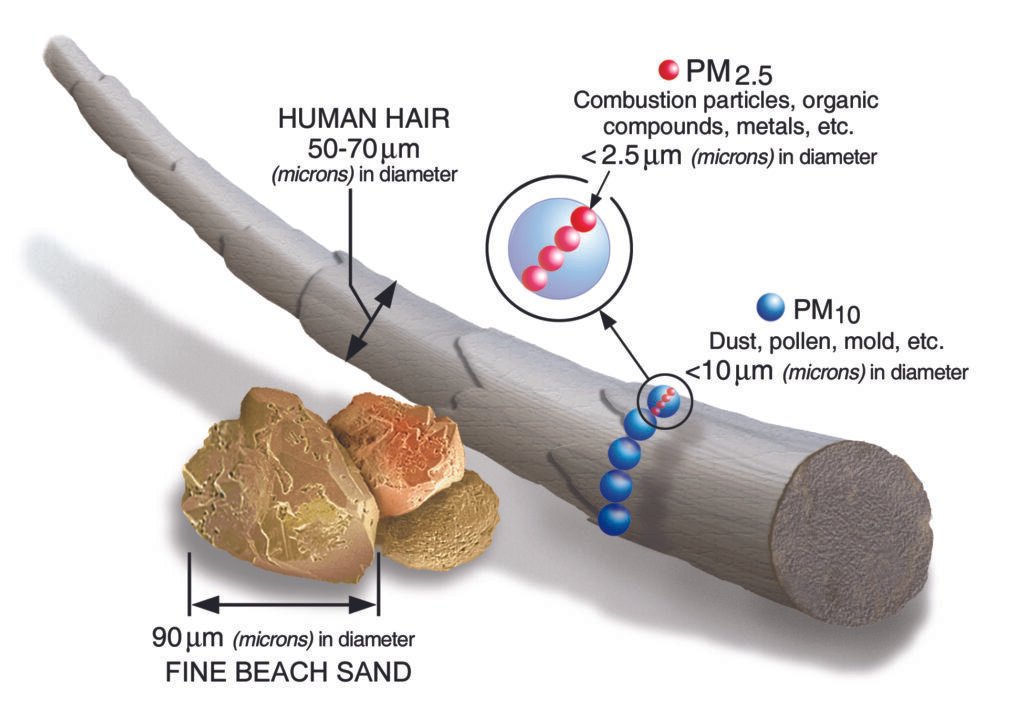As smoke from Canadian wildfires makes its way to the northeast of the United States, lots of folks are receiving notifications from the EPA about the air quality index.

There’s a “code red” alert in a big chunk of the area ’cause smoke from Canadian wildfires is just spreading south. On Tuesday, New York City had some of the gnarliest air quality in the world. Like, not just unhealthy, but very unhealthy.

So, “code red” is basically a term used in the U.S. Environmental Protection Agency’s Air Quality Index (AQI) to indicate really bad air quality. The AQI keeps tabs on five pollutants: ground-level ozone, carbon monoxide, sulfur dioxide, nitrogen dioxide, and particle pollution.
Okay, so the last category, PM2.5 and PM10, is what you usually find in wildfire smoke. It’s pretty gnarly because it goes deep into your lungs and your body can’t break it down. Plus, there’s some research that suggests it can even get into your bloodstream and cause inflammation all over.

Wildfire smoke is particularly dangerous because it’s filled with noxious gasses and tiny particles that come from construction materials in burned buildings, as well as from trees and plants.
According to a study in the Journal of the American Heart Association ,breathing in wildfire smoke can lead to respiratory and cardiovascular issues. And it’s those itty-bitty particles that are causing the most trouble.

If the AQI for particle pollution reaches red, the EPA suggests that people who are more sensitive to air pollution should try to avoid spending too much time outside doing intense activities. For everyone else, it’s a good idea to take breaks and not overexert yourself when you’re outside.
Reference- National Geographic, Journal of the American Heart Association Study, U.S. Environmental Protection Agency (EPA) website






